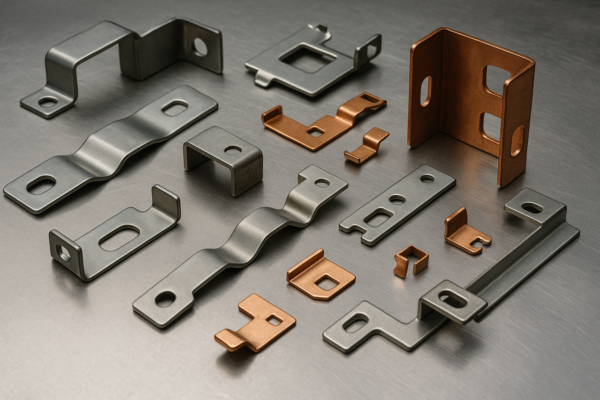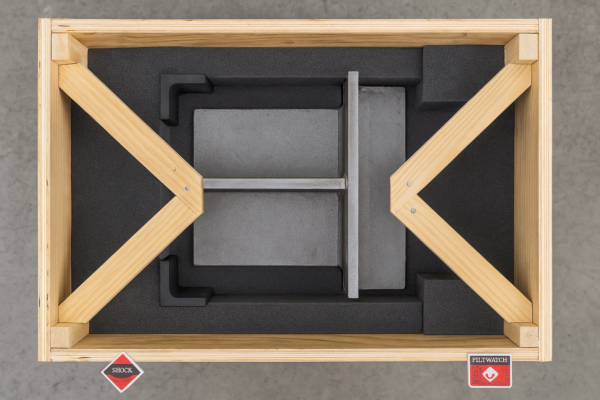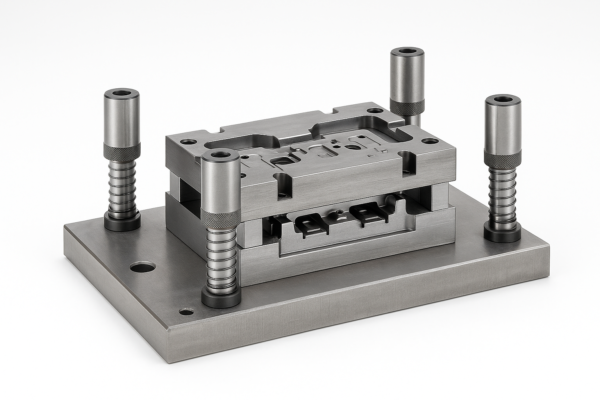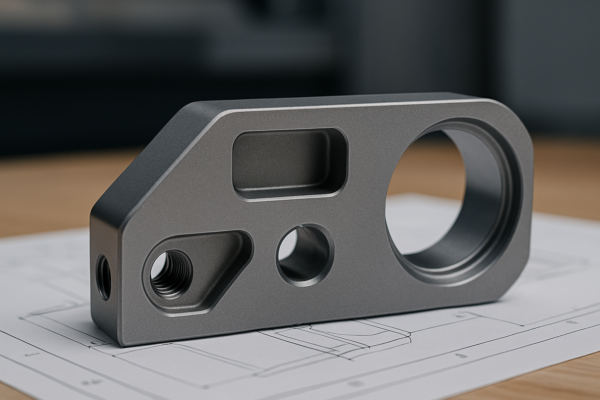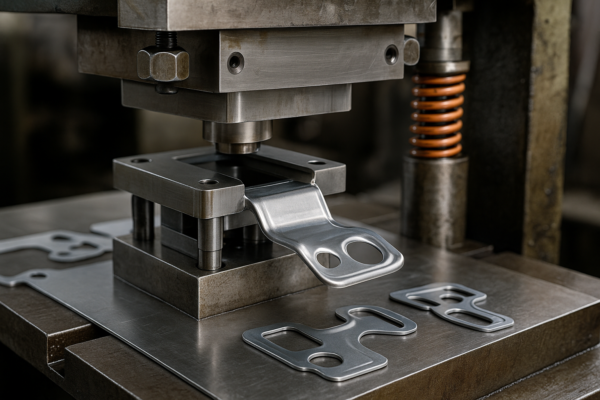What Are the 94 Types of Metals and Why Are They Important?
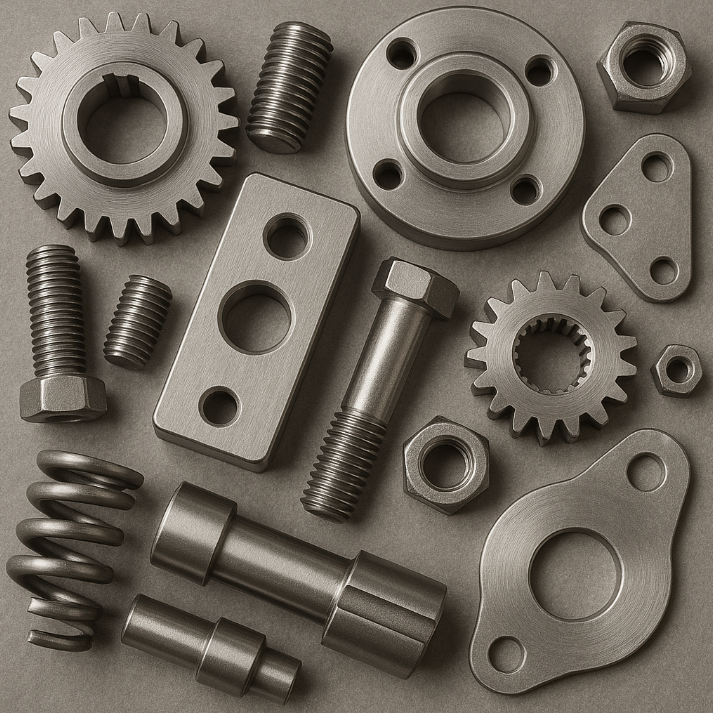
A periodic table showing the 94 metal elements used in modern industries.
From smartphones and satellites to structural beams and surgical tools, metals are everywhere. But how many types of metal are there? The answer lies in one essential question: what are the 94 types of metals?
Snippet paragraph: What are the 94 types of metals? They include groups like alkali, alkaline earth, transition, and rare earth metals, supporting modern infrastructure and innovation.
This article explores how these 94 elements are classified, used, and selected for high-performance manufacturing.
📚 Table of Contents
- What Are the 94 Types of Metals Categorized Into?
- Which Metals Are Widely Used in Manufacturing?
- What Metals Drive Modern Electronics and Green Tech?
- Complete List: What Are the 94 Types of Metals?
- How Prime Helps You Select the Right Metal
- FAQs
- Contact Prime for a Free Material Review
What Are the 94 Types of Metals Categorized Into?
Kevin:
Leo, I’ve seen the term “94 types of metals” used a lot. Are they all the same, or do they fall into groups?
Leo:
Great question. These 94 elements are divided into six main groups based on chemistry, reactivity, and application.
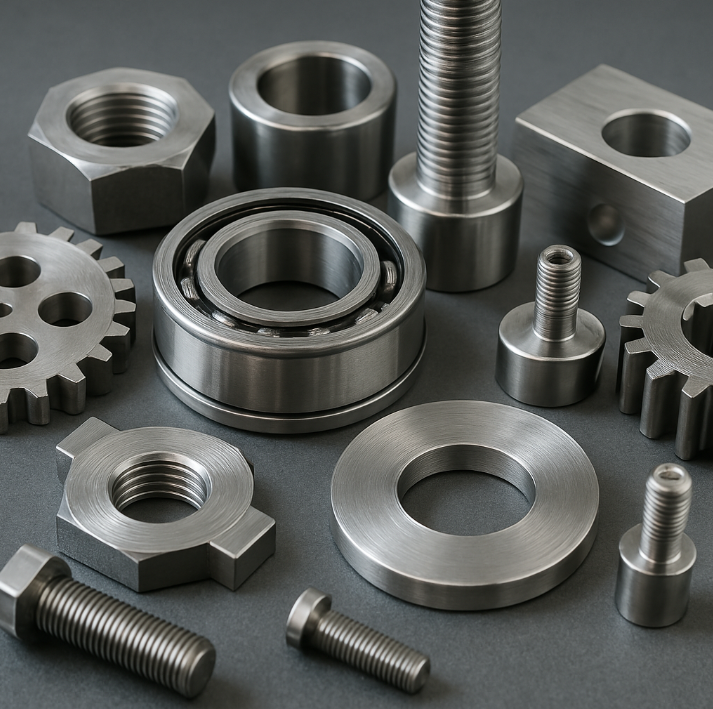
| Category | Examples | Typical Use Cases |
|---|---|---|
| Alkali Metals | Lithium, Potassium | Batteries, heat exchangers |
| Alkaline Earth Metals | Magnesium, Calcium | Aerospace, automotive, nutrition |
| Transition Metals | Iron, Copper, Zinc | Machinery, wiring, construction |
| Post-Transition Metals | Aluminum, Tin, Lead | Electronics, packaging |
| Lanthanides | Neodymium, Samarium | Magnets, lasers, EV motors |
| Actinides | Uranium, Thorium | Nuclear fuel, research alloys |
When clients ask us, “what are the 94 types of metals,” we explain them by these families.
Which Metals Are Widely Used in Manufacturing?
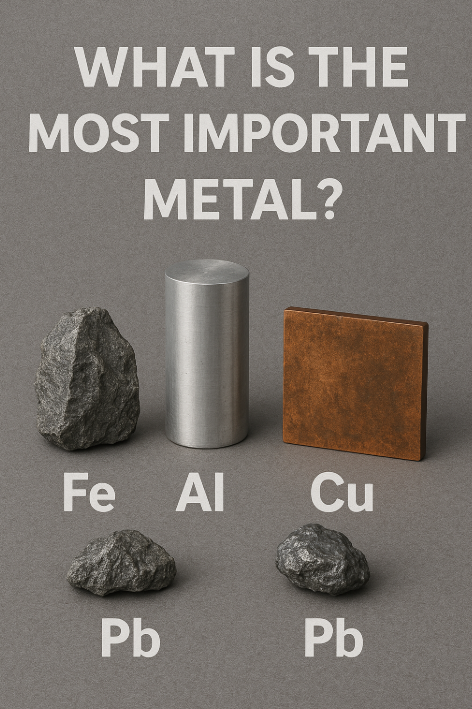
Kevin:
Out of all these categories, which ones are workhorses for industrial manufacturing?
Leo:
Let’s break it down. These are the top metals we use in production:
Top 5 Most Common Industrial Metals:
- Steel (Iron-based) – Foundations, tools, and frames
- Aluminum – Lightweight parts for vehicles and enclosures
- Copper – Power and signal transmission
- Zinc – Corrosion-resistant coatings
- Nickel – Adds strength in high-temperature environments
Even among the full set of elements, only a fraction dominate day-to-day production.
What Metals Drive Modern Electronics and Green Tech?
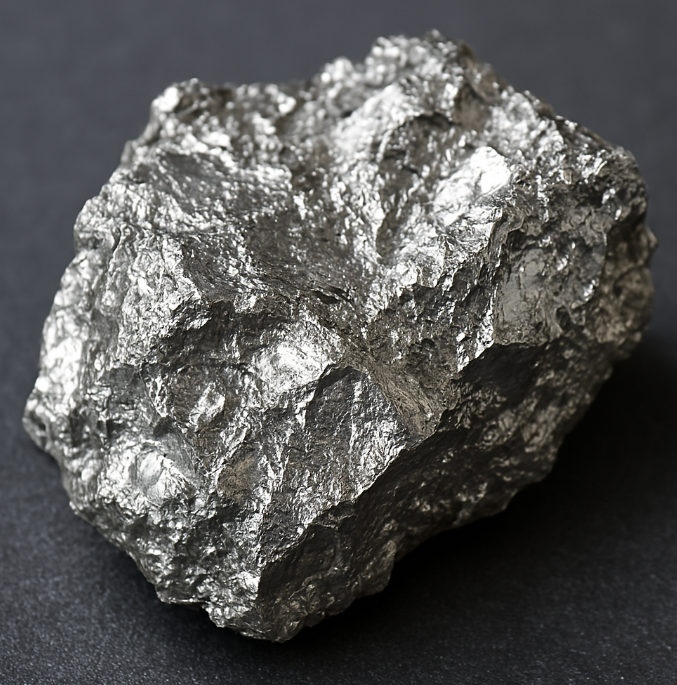
Kevin:
So which ones are critical in batteries, solar panels, and other electronics?
Leo:
That’s where rare and specialty metals come in. Many of them are part of the 94 but used in much smaller amounts.
| Metal | Core Function | Source Risk/Challenge |
|---|---|---|
| Lithium | Battery power cells | Water scarcity in mining |
| Cobalt | Battery stability (EVs, phones) | Ethical sourcing, supply control |
| Indium | Touchscreens, semiconductors | Rare, limited recycling |
| Neodymium | Permanent magnets for motors | Mostly produced in one country |
| Tantalum | Micro-capacitors | Found in conflict regions |
These materials aren’t as visible—but they’re essential in next-generation devices and green energy.
Complete List: What Are the 94 Types of Metals?
Kevin:
Okay, let’s settle this—what are the 94 types of metals, exactly?
Leo:
Here’s a condensed reference by family. This includes all metallic elements found naturally or synthesized up to element 103.
Alkali (Group 1):
- Lithium (Li), Sodium (Na), Potassium (K), Rubidium (Rb), Cesium (Cs), Francium (Fr)
Alkaline Earth (Group 2):
- Beryllium (Be), Magnesium (Mg), Calcium (Ca), Strontium (Sr), Barium (Ba), Radium (Ra)
Transition Metals:
- Includes 38 elements such as Iron (Fe), Nickel (Ni), Chromium (Cr), Molybdenum (Mo), and Zinc (Zn)
Post-Transition:
- Aluminum (Al), Gallium (Ga), Indium (In), Tin (Sn), Lead (Pb), Bismuth (Bi)
Lanthanides:
- 15 rare earth elements: Lanthanum (La) to Lutetium (Lu)
Actinides:
- 15 elements: Actinium (Ac) to Lawrencium (Lr)
Some heavier synthetic metals beyond element 94 are unstable and not widely used, so most commercial applications are based on this standard list.
How Prime Helps You Select the Right Metal
Whether you need strong structural alloys or lightweight conductors, Prime helps you match the right material to your design and budget.
✅ Over 20 years of industry experience
✅ Full support from material sourcing to stamped parts
✅ Certified ISO 9001 quality controls
✅ Rapid production timelines
📧 Get help: [email protected]
🌐 Learn more: https://primecustomparts.com
FAQs
Q1: Why is it important to know all 94 metals?
A1: Understanding each group helps engineers choose the right material for strength, weight, corrosion resistance, or cost.
Q2: Do you offer parts made from rare metals?
A2: Yes. We support small and bulk production using aluminum, copper, stainless steel, and select rare alloys.
Q3: Are all 94 types of metals commercially viable?
A3: No. Around 30–40 are used frequently. Others are niche, radioactive, or limited to research.
Q4: What’s the most versatile metal among them?
A4: Aluminum is lightweight, corrosion-resistant, and easy to form.
Contact Prime for a Free Material Review
📧 Email: [email protected]
🌍 Website: https://primecustomparts.com
Whether you’re building EV parts, stamped enclosures, or custom brackets, Prime helps you select the best materials from the complete range of engineering metals.
Conclusion
So, what are the 94 types of metals? They’re the building blocks of nearly every product we use—from smartphones to skyscrapers. Understanding them empowers smarter decisions in sourcing, design, and manufacturing.
Ready to turn material knowledge into results? Partner with Prime.


